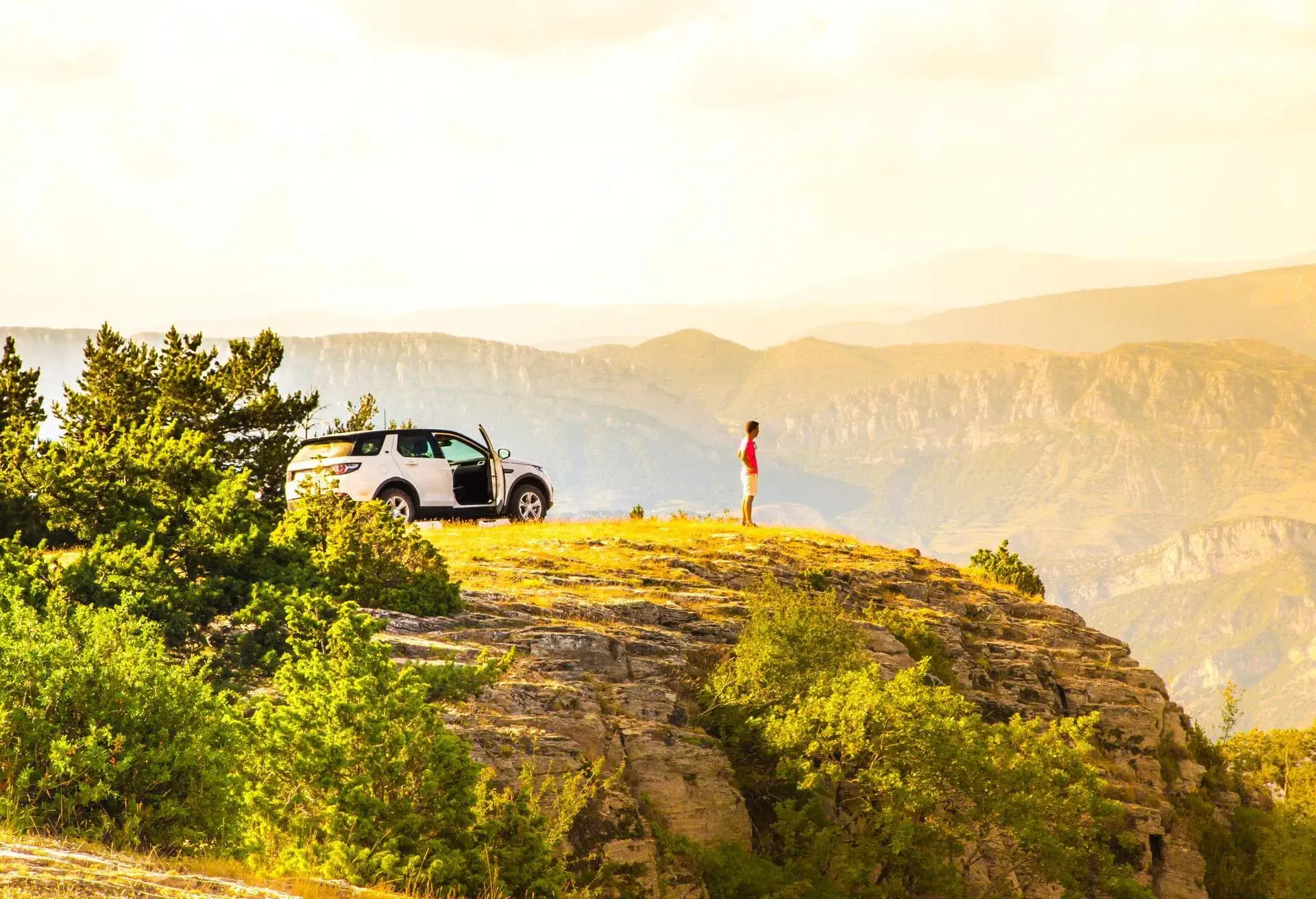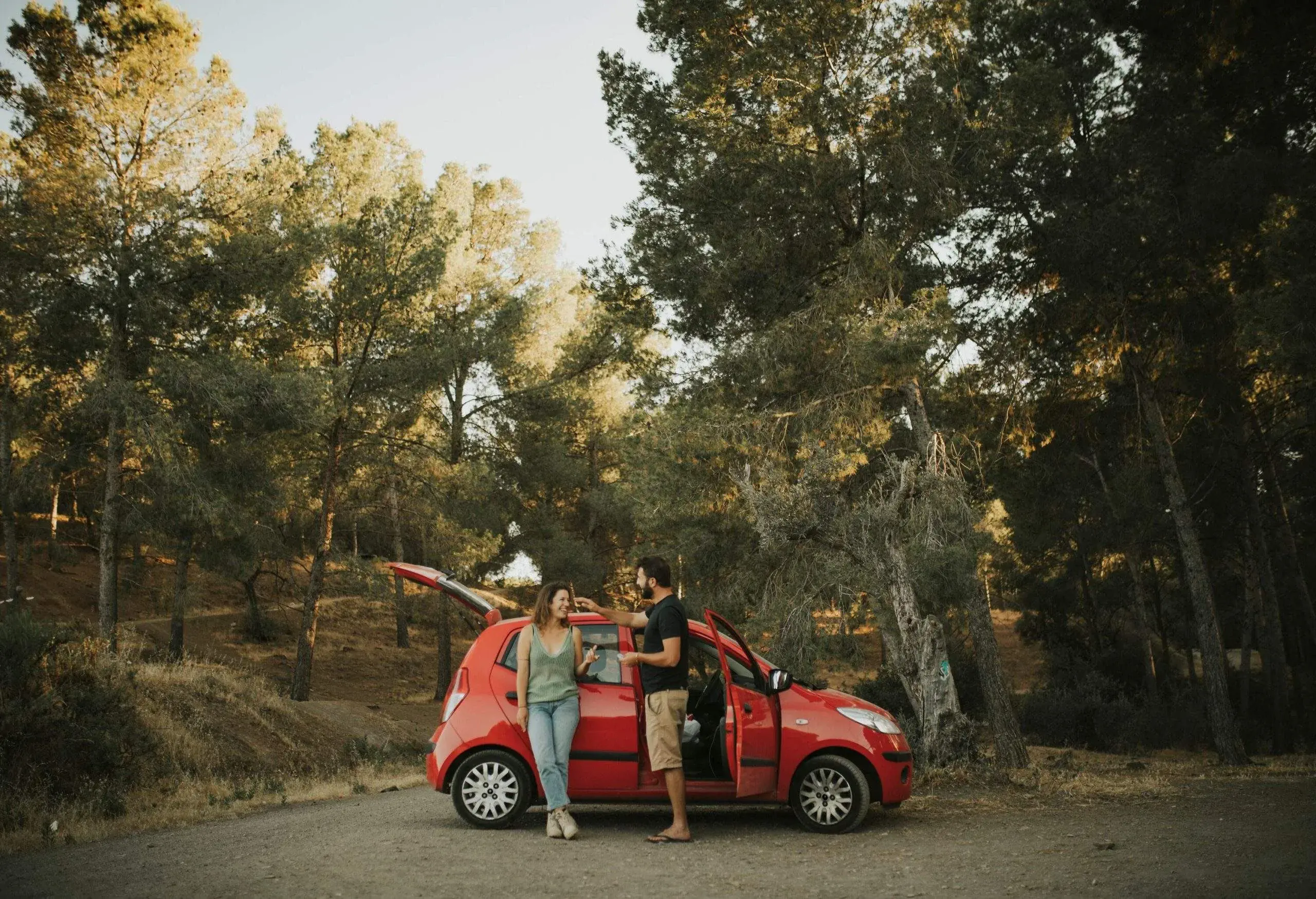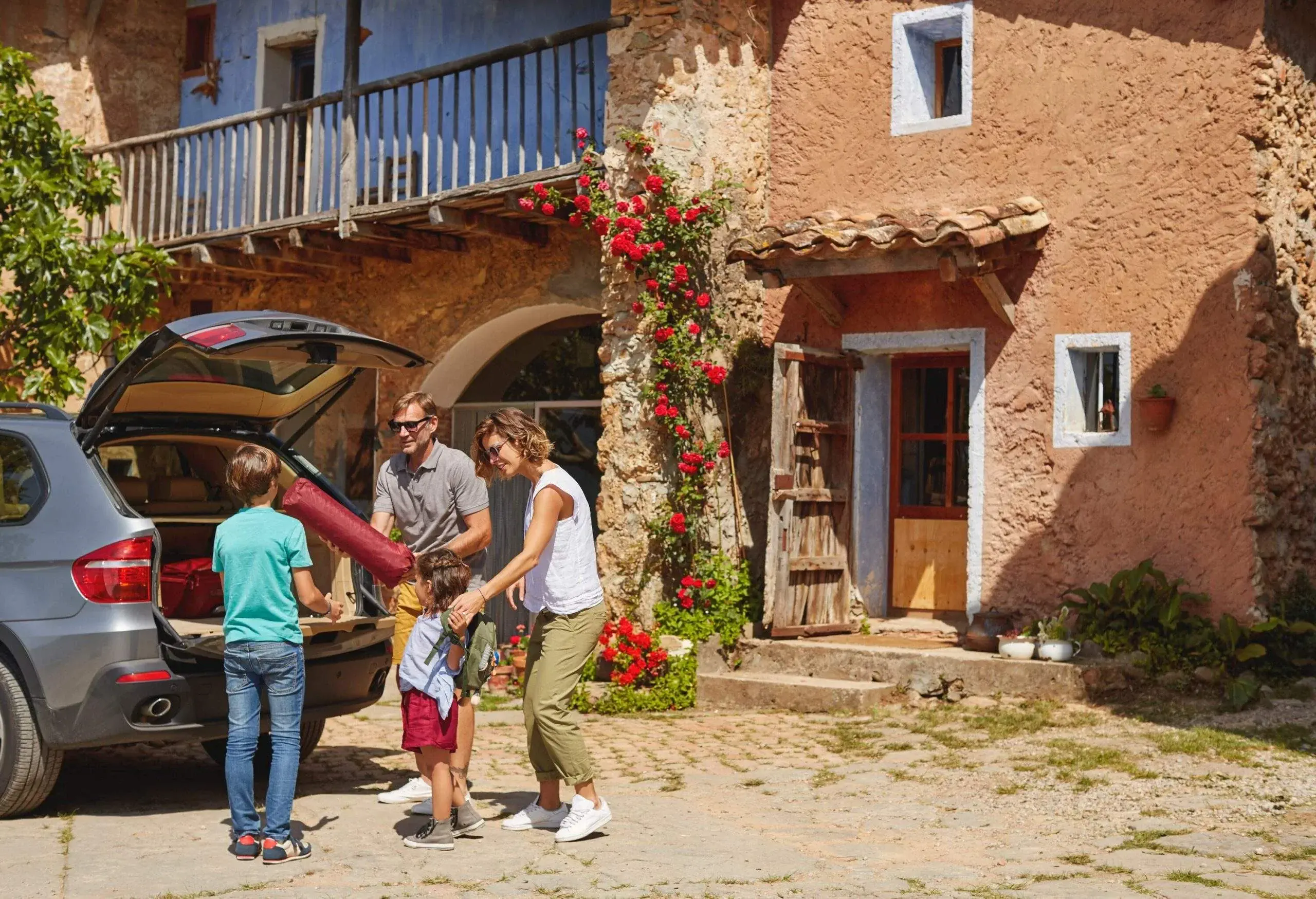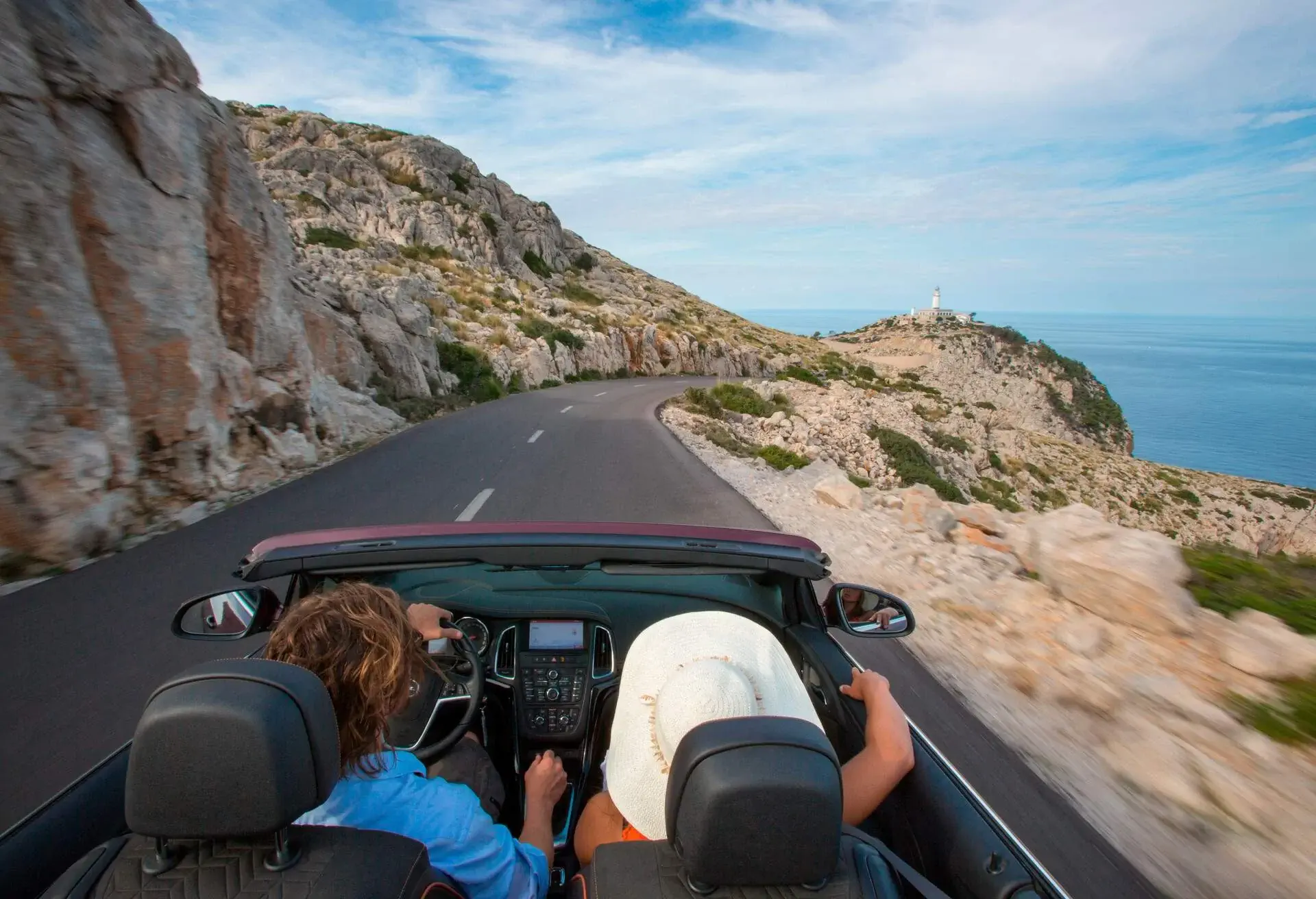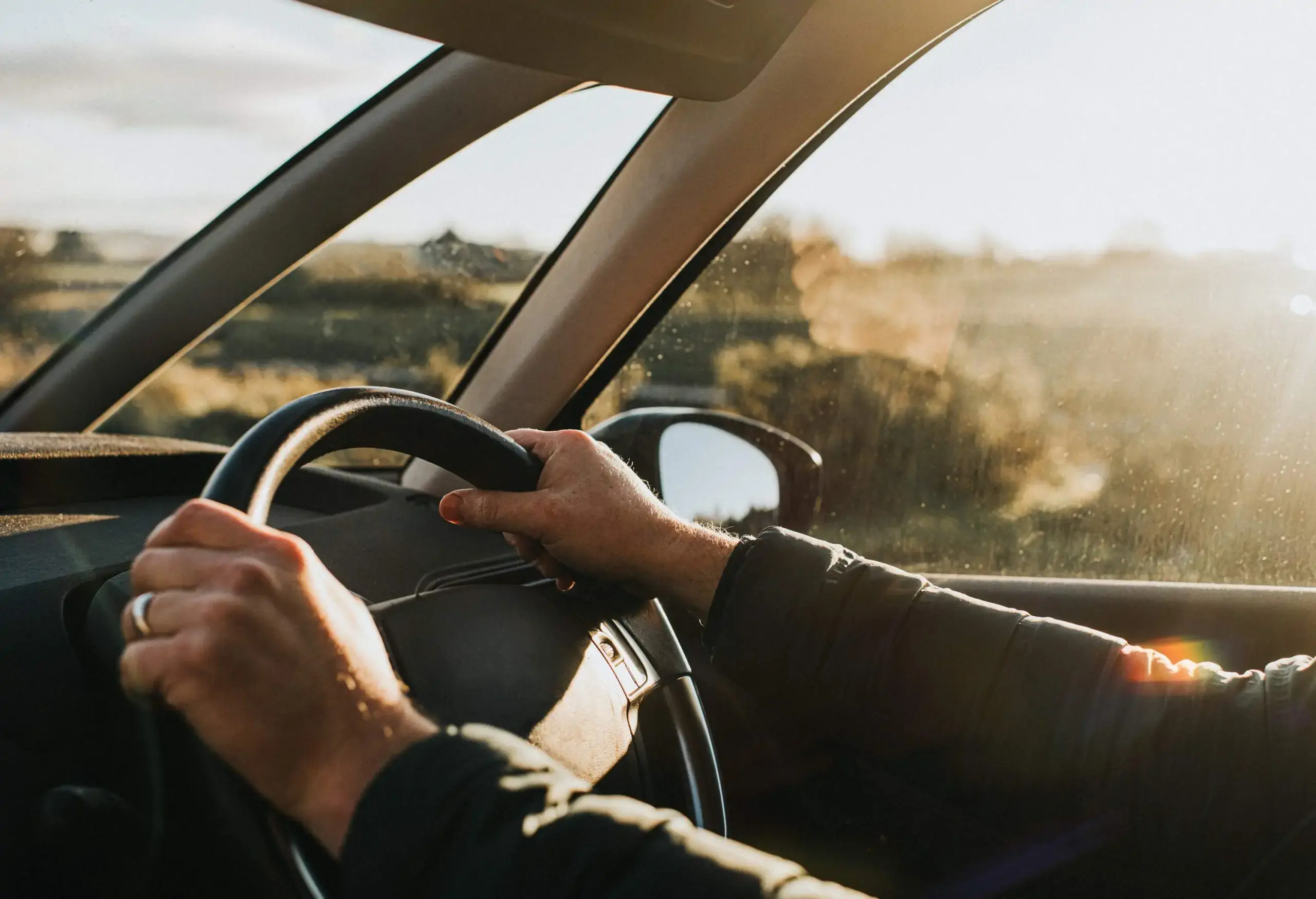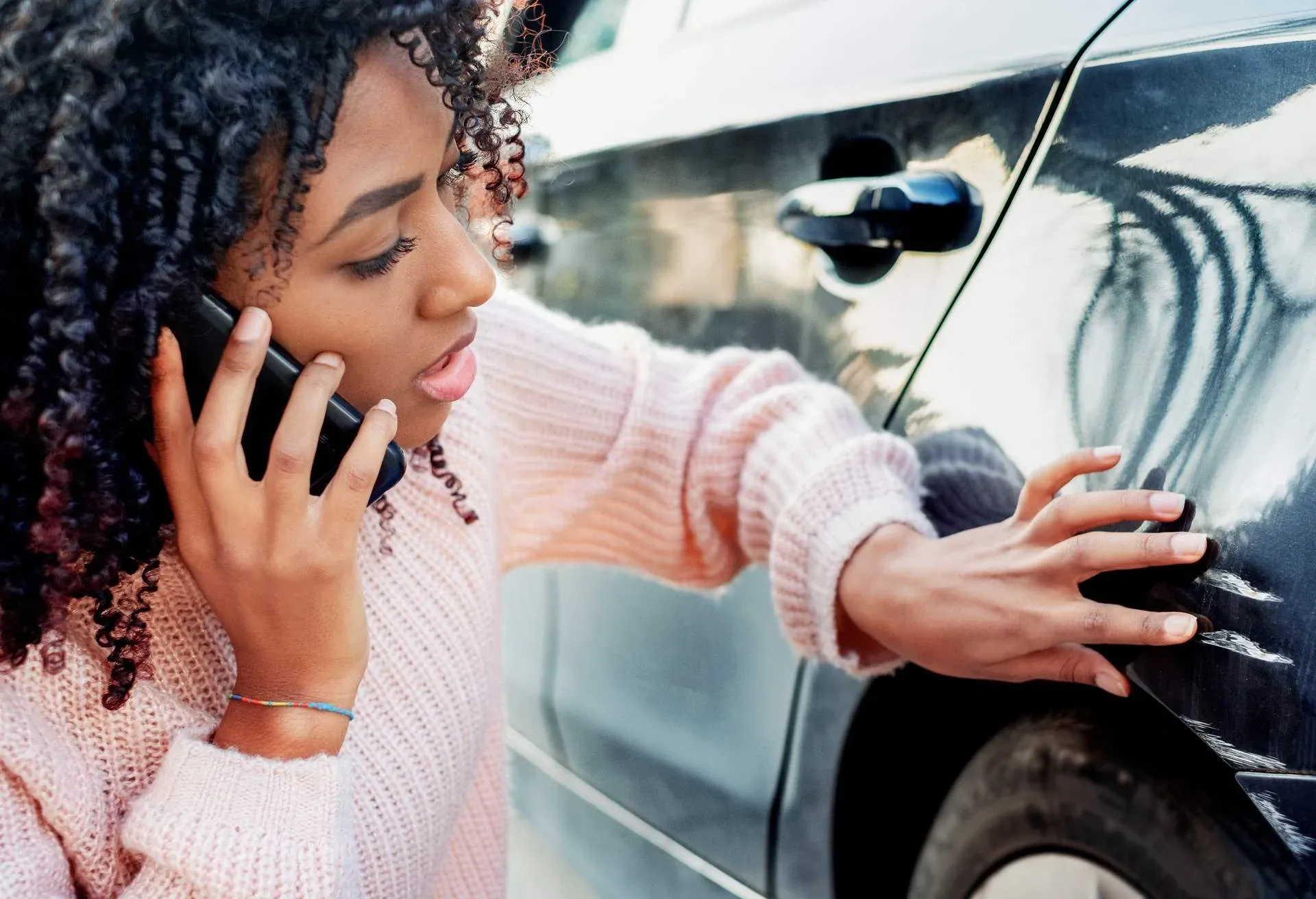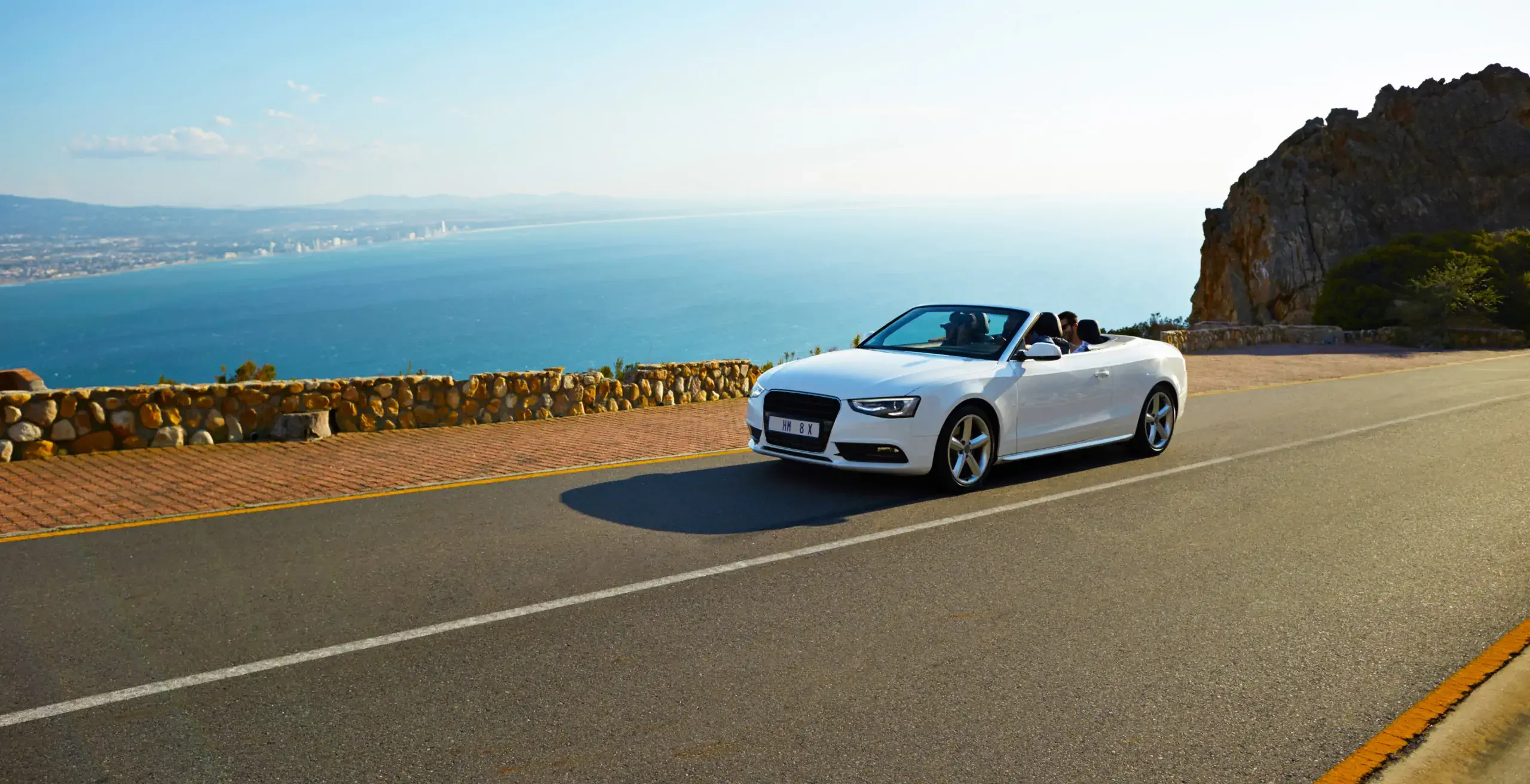Whether you’re considering taking your car or renting a vehicle for your next trip to Spain, read on to find out all the requirements and get some useful tips for driving in Spain.
Requirements for driving in Spain
Before you head off on your vacation or business trip in Spain, make sure you have examined all the rules and requirements for renting and driving a car.
Driving in Spain with a US license
The minimum driving age in Spain is 18 years and you must have an International Driving Permit (IDP) as well as your valid US driving license with you at all times.
Obtain the IDP prior to your arrival in Spain through the The American Automobile Association (AAA). You can apply online, in person, or via mail. The process is generally quick and easy, but don’t save it until the last minute.
Note that the IDP is only valid when accompanied by your US license.
Car equipment
When renting a car and driving in Spain, check that your car is stocked with the following items:
- Warning triangle
- High-visibility jacket
- Spare bulbs for headlights and indicator lights
- Headlight beam deflectors
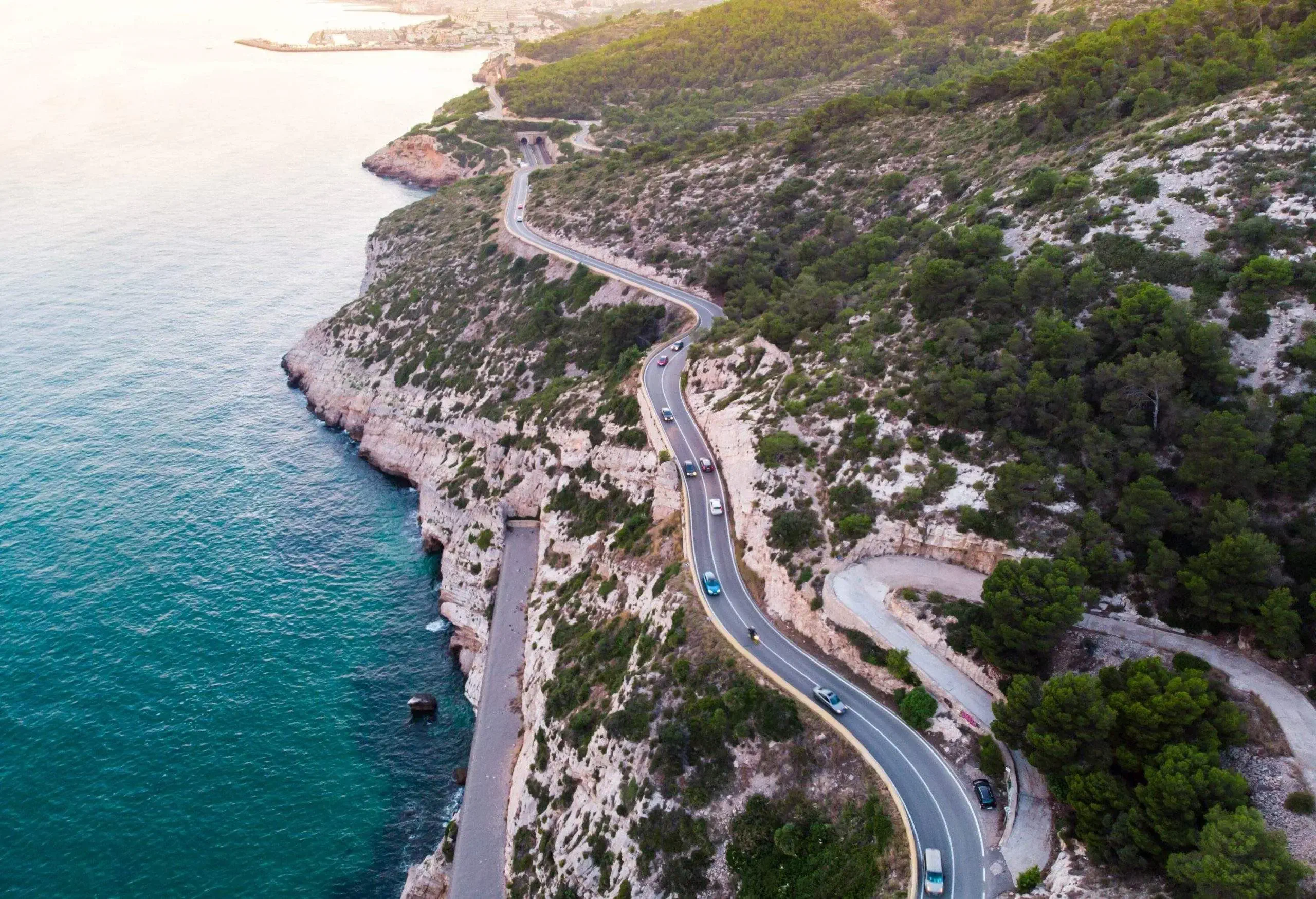
Renting a car in Spain
Read on to learn everything you need to know about renting a car in Spain and get some useful tips on things to look out for.
What do you need to rent a car in Spain?
While the minimum legal driving age in Spain is 18, most car rental companies require drivers to be at least 21 years of age before they consider renting them a car. In addition to meeting the age requirements, you will need to have a full valid driver’s license, and a valid passport. You will also need a credit card to pay for the car rental deposit, though a few car rental agencies will also accept debit cards. As a minimum requirement, you will also need to have third-party liability insurance in order to rent a car in Spain.
Tips for renting a car in Spain
When picking up your rental car, make sure you inspect it well and note down or photograph any existing marks and scratches. Then, when you return it, take some good photos of the inside and outside the car as proof of its condition upon return.
If you don’t have your own third-party insurance policy, make sure you double-check that insurance is included in the rental contract. If you do have third-party insurance, make sure that you’re not paying twice for the same coverage.
If you plan on crossing the border and driving into other countries, you must tell the agency beforehand as they need to ensure you have adequate insurance for all the locations you’ll be visiting. To avoid paying money for driving a few extra miles, make sure you try to negotiate unlimited mileage.
If you’ve been asked to return the car with a full tank, be sure to remember to check that it is also full when you pick it up. When you return the car, remember to stop at the closest gas station to the agency to refuel it.
Tips for renting a car in Spain as a US citizen
Beyond getting to know the metric system, driving in Europe can be pretty different from the US. Beware that roads can be extremely narrow so don’t just blindly follow Google Maps. Always use your judgment before heading down a small street, or you might get stuck!
Also be mindful that Spanish city centers can be pedestrian only or have strict regulations around parking for local residents only. It may be advisable to find parking and avoid driving in certain parts of the city altogether.
Additionally, note that if you don’t know how to drive manual, renting a car with an automatic transmission is not a given. Always double check or ask ahead with the rental car company before booking a particular vehicle.


Rules of the road in Spain
Learn everything you have to know when driving in Spain, and enjoy your vacation.
Minimum driving age
The minimum legal driving age in Spain is 18 for cars, but you can drive mopeds from the age of 15 and 125cc motorcycles from the age of 16. As mentioned before, rental car agencies often have their own age requirements.
Highways & tolls
Only 20% of the highways in Spain have tolls. However, they are not distributed equally between the regions: about half of the toll roads are in Catalonia.
Tolls can be paid with cash or card. Usually, you’ll get a ticket when you get on the paid road. When you exit, you’ll go through another toll booth, where you can insert the ticket into the automated machine to have your fee calculated.
Priority & roundabouts
One key difference between driving in Spain and driving in post parts of the United States is the prevalence of roundabouts. When entering a roundabout, vehicles that are already on the roundabout have the right of way. You can only exit a roundabout from the outside lane.
If you are entering a roundabout with multiple lanes, you need to choose your lane according to where you’re planning on exiting, starting from the right-hand lane if you are taking the next exit, with the left lane for drivers who will be taking the last exit.
Alcohol allowance & drunk driving
For cyclists and drivers of private vehicles the limit for alcohol in the blood in Spain is 0.05%, which is lower than the US limit of 0.08%. There are some cases where the limit is even lower, sitting at 0.03% for drivers of vehicles carrying eight or more passengers, vehicles transporting goods, vehicles used to transport children, and public and emergency service vehicles.
In addition, the lower percentage applies to (young) drivers who have held their driving license for less than two years.
Car seats regulations for children
Children who measure less than 4.5ft (or 135cm) must travel in a car seat appropriate for their size. Children who measure over 4.5ft but are under 12 years of age are allowed to use normal seats.
How to pay
In Spain you can usually pay with cash in euros or with credit and debit cards.
Parking
Paid parking spots are generally indicated by a blue zone and you will find a parking meter located within walking distance. You must purchase a ticket and display it clearly on your dashboard. Make sure you read the signpost to find out the maximum time allowed; usually the limit is one to two hours.
At some hours of the day, parking may be free, such as during siesta time or between 8pm and 8am. Other curb colors usually indicate residential car parks, and you are not allowed to park there unless you have a resident’s permit.
Disabled parking is available for those who have a permit issued by the municipality. Cars with the disabled permit can park in a wider range of spaces, such as loading zones for an unlimited time or pedestrian zones for a limited time.
Fuel
When refueling your car in Spain, look for the words “gasolina sin plomo” if you are after unleaded gas, while diesel is called “gasóleo A”, and LPG is indicated by “autogas.” You can usually pay in cash or by card at most gas stations, and automatic gas pumps can be found in all major areas.

